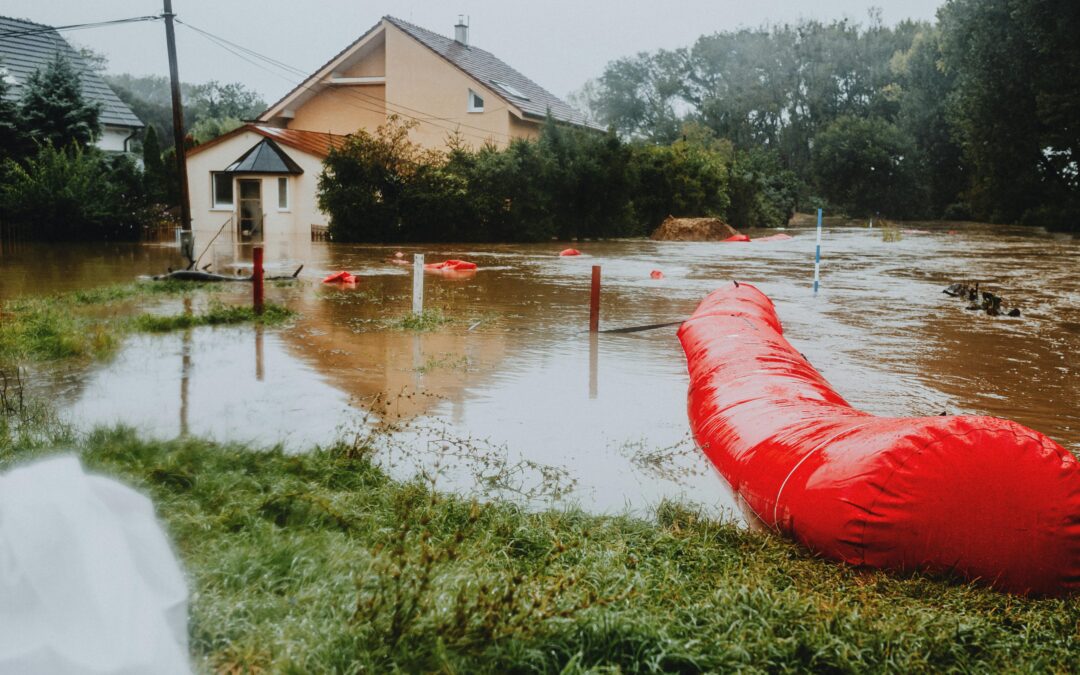The Texas General Land Office will invest $107.8 million in federal Community Development Block Grant Mitigation funds to strengthen roads and infrastructure.
The funding, administered by the U.S. Department of Housing and Urban Development, will support improvements to roads, drainage, water detention, and water and wastewater systems across 10 counties in the Gulf Coast region and central and southeastern Texas.
Counties receiving funds include Aransas, Bastrop, Bee, Caldwell, Calhoun, Gonzalez, Lavaca, San Patricio, Walker, and Washington. Most selected projects remain in the administrative, design or contracting phases.
The funded work will enhance ditches and culverts, install retention ponds and upgrade lift stations. State officials anticipate these improvements will lower flood risk, improve drainage and bolster emergency response capabilities. More than half of the funds are targeted to low- and moderate-income areas. This effort is part of a larger statewide mitigation investment of $1.167 billion.
These projects alone are not designed to prevent all flooding, but they seek to reduce impacts of natural disasters and accelerate recovery. They form a broader strategy needed to address events such as the July 4 floods along the Guadalupe River.
Top-funded projects are located in southeast Texas, including:
- City of Dickinson siphon drainage project, $15.8 million. This effort is already underway and includes construction of a detention pond, installation of storm trunklines, and replacement of driveway culverts to improve citywide flood resilience.
- San Jacinto County drainage and road improvements, $14.2 million. Work across 11 sites will rebuild road surfaces, subgrades and bases, reshape ditches, replace culverts, install erosion and sediment controls, and add stormwater interceptors and outfalls.
- Refugio County infrastructure upgrades, $11.6 million. The project includes excavation, grading and piping for drainage improvements, flood upgrades to multiple roads, enhancements at wastewater treatment plants in Woodsboro and Bayside, lift station replacements in Refugio, and a reverse osmosis pilot plant at the Bayside water facility. These are designed to reinforce both transportation and water infrastructure.
These investments lay critical groundwork for more resilient infrastructure in flood-prone regions. While they cannot eliminate flood threats, they provide essential tools for reducing damage and enhancing recovery.
Photo by Helena Jankovičová Kováčová from Pexels

